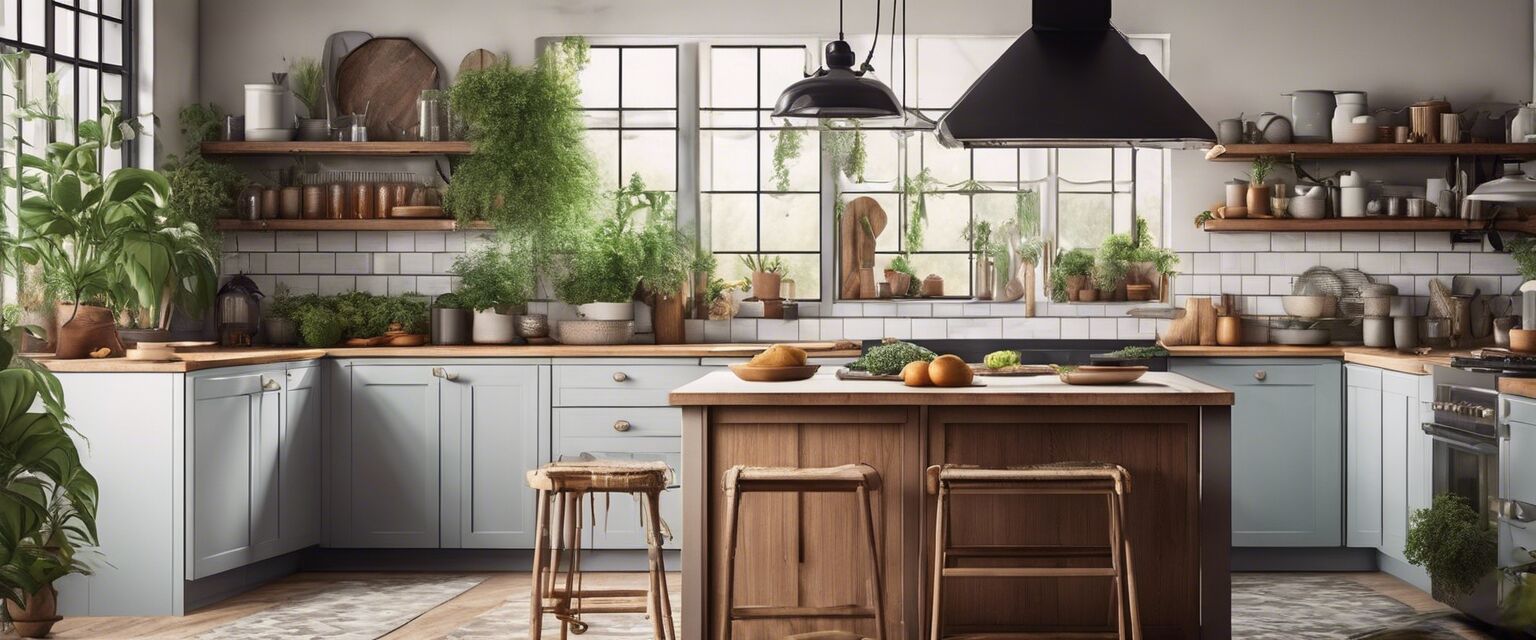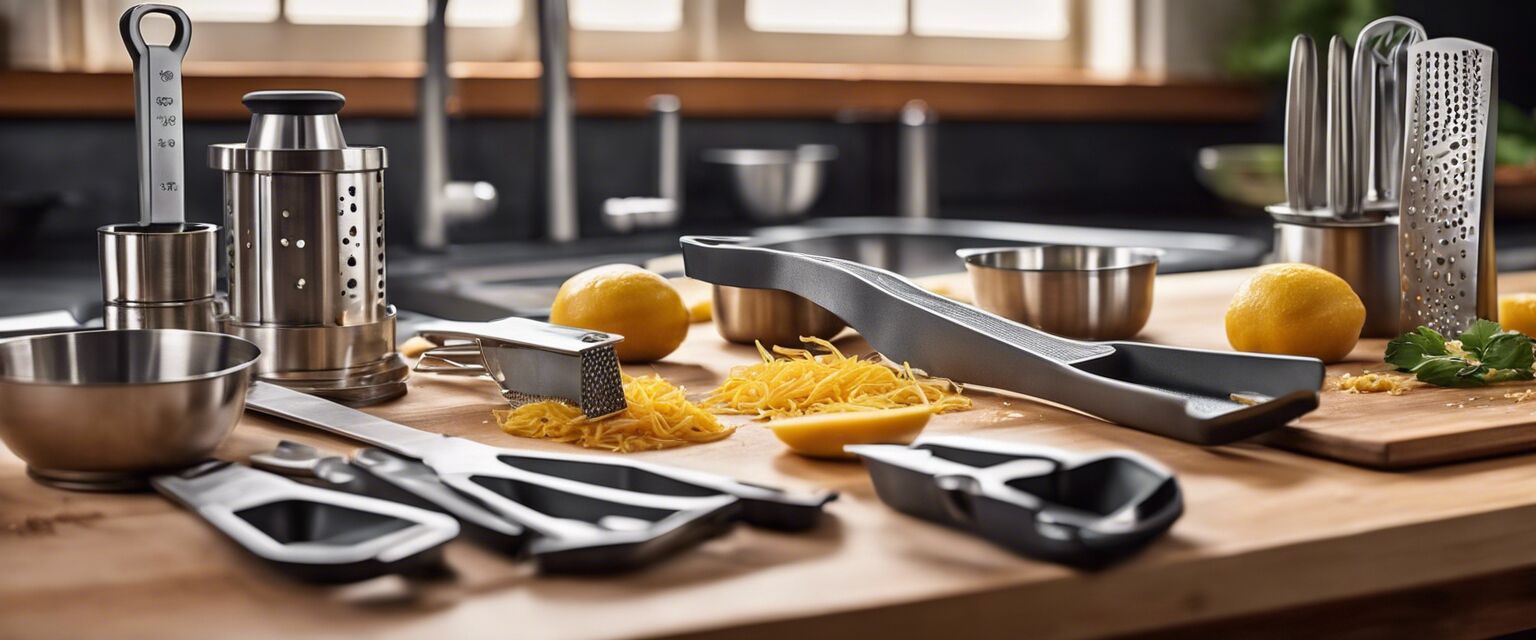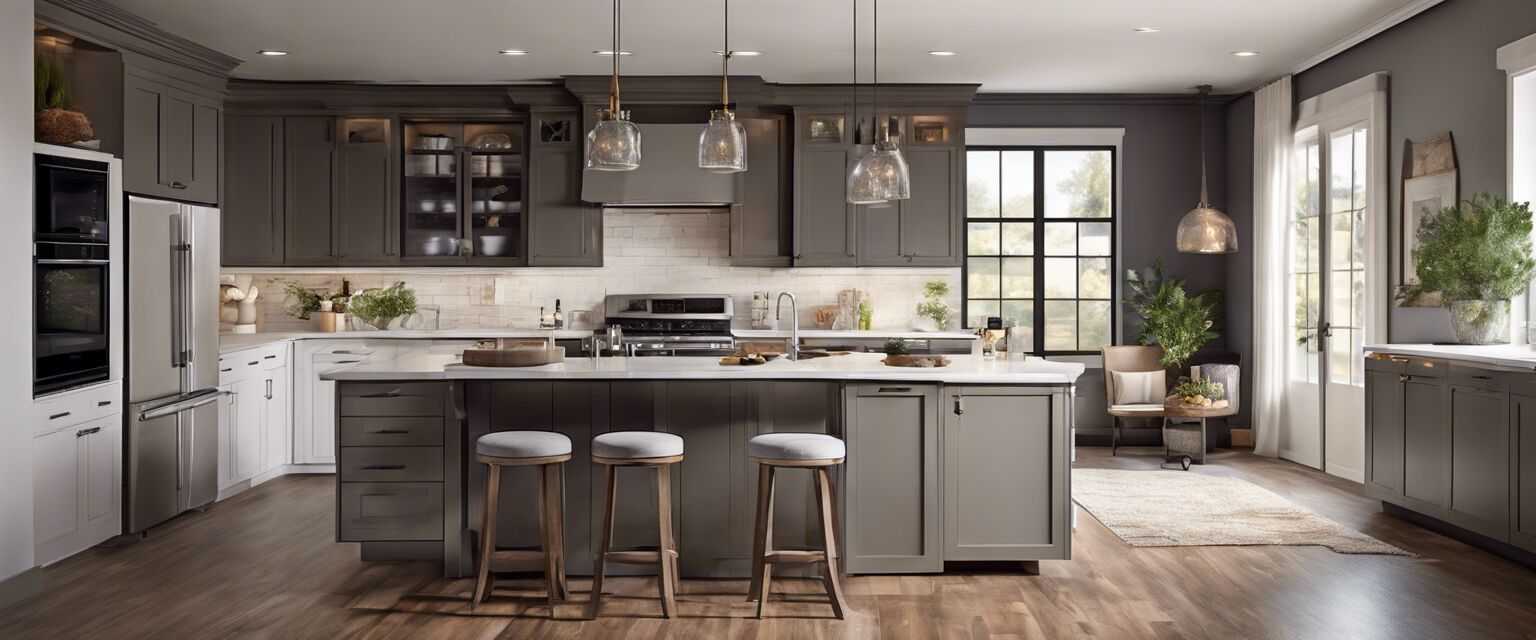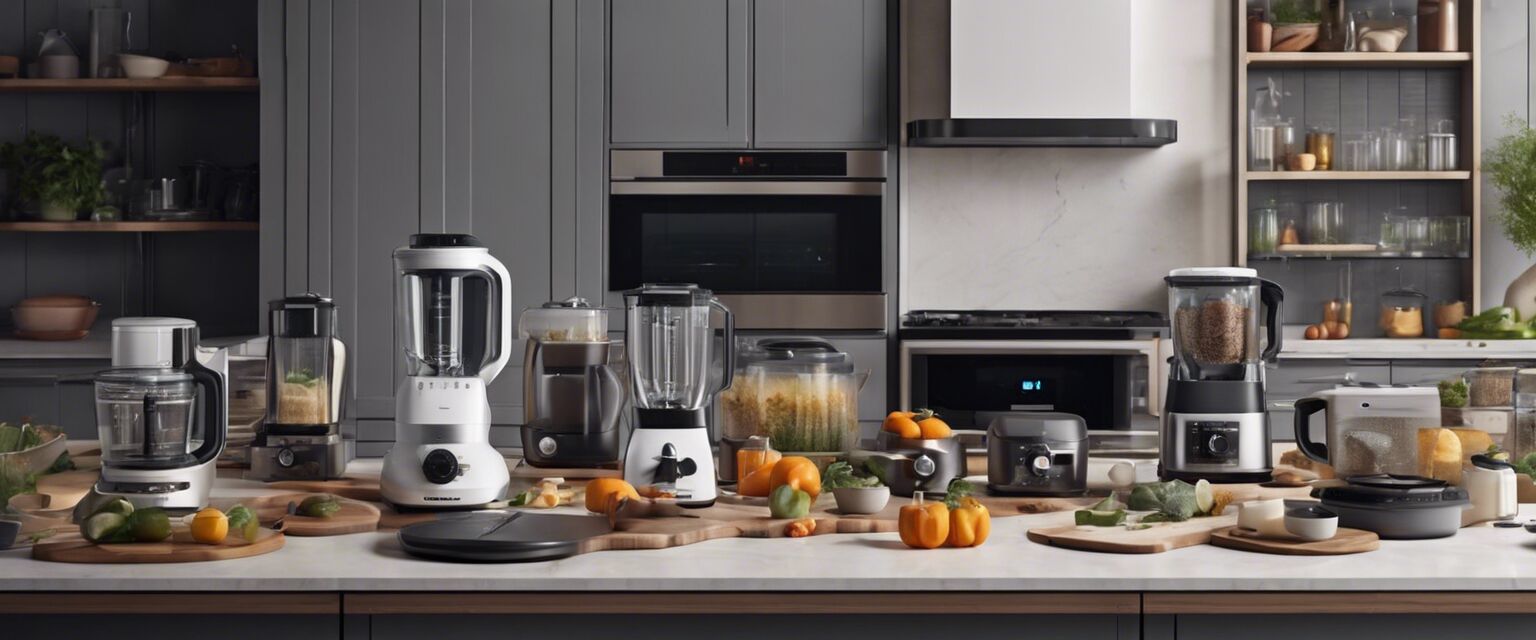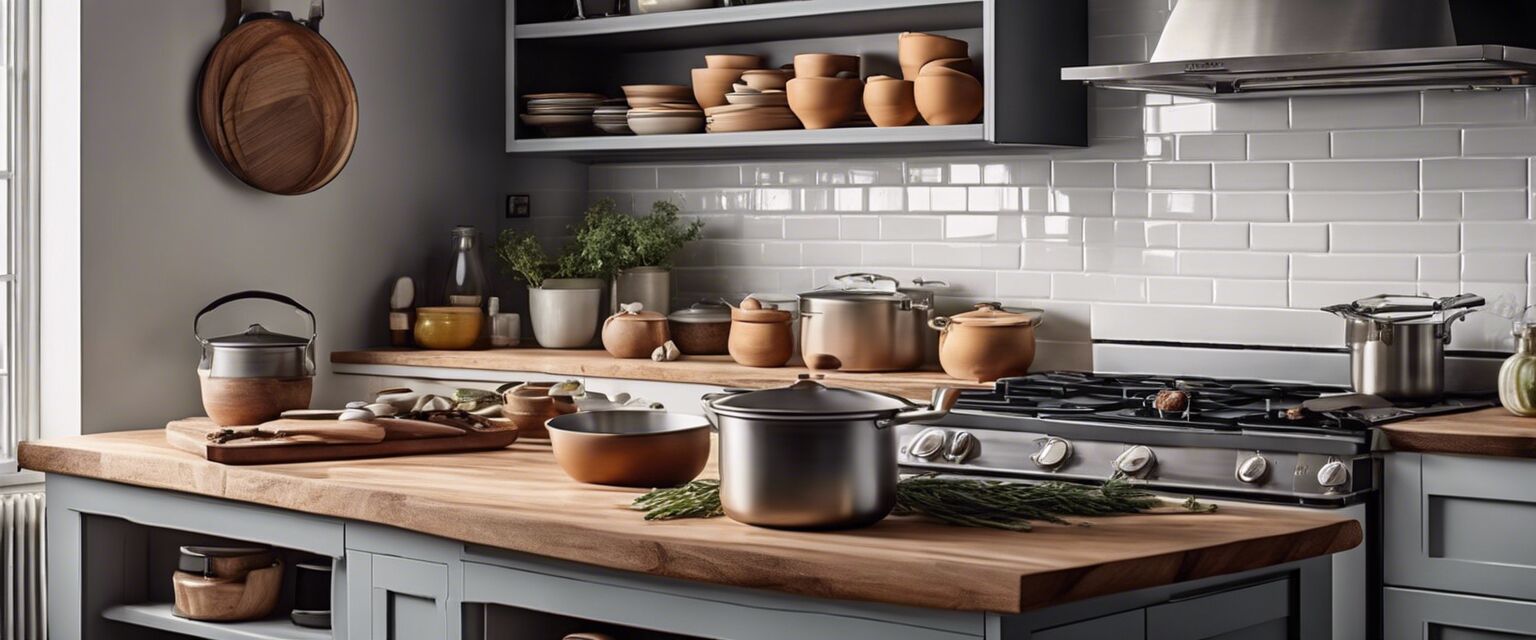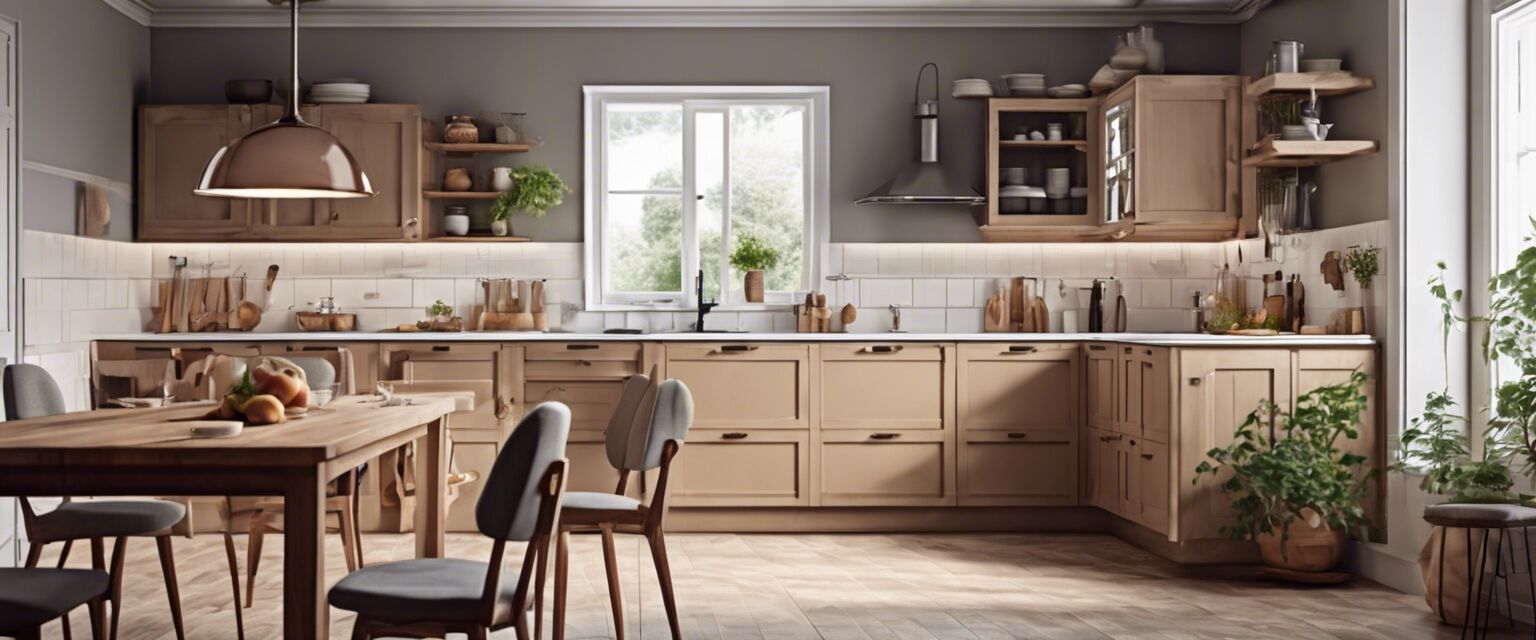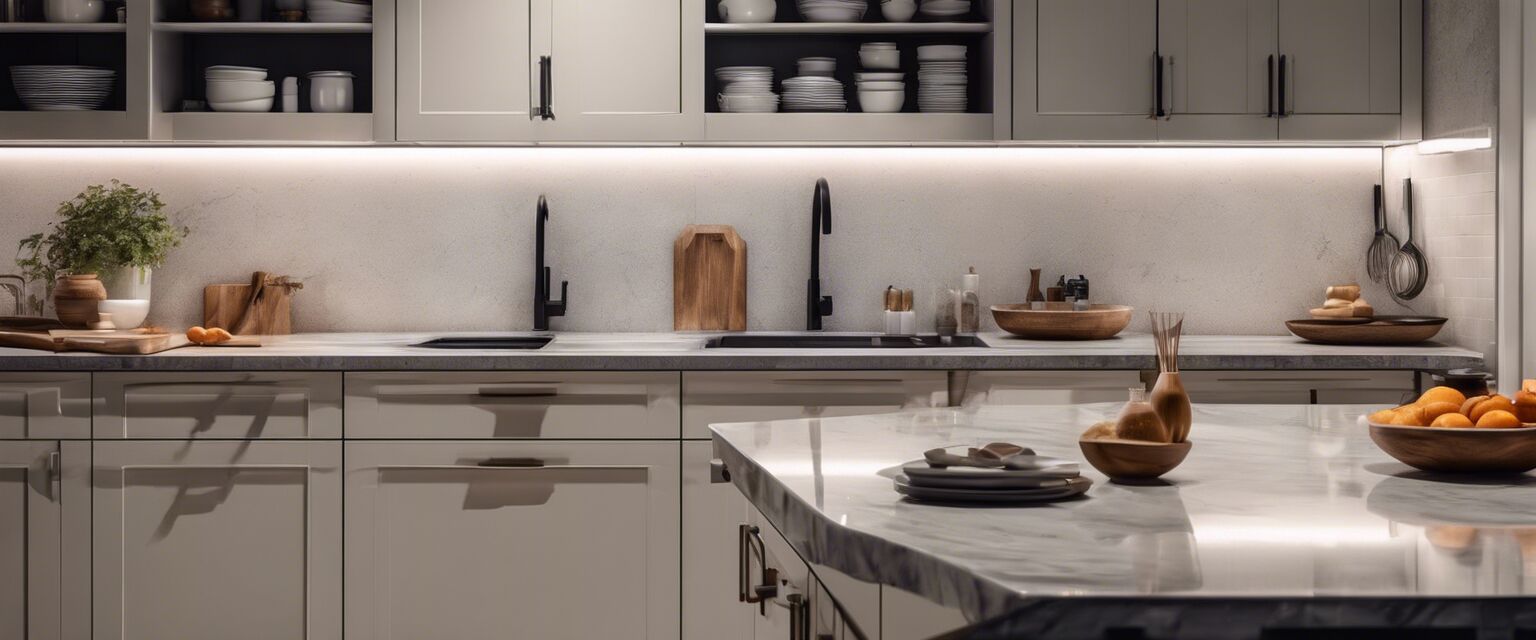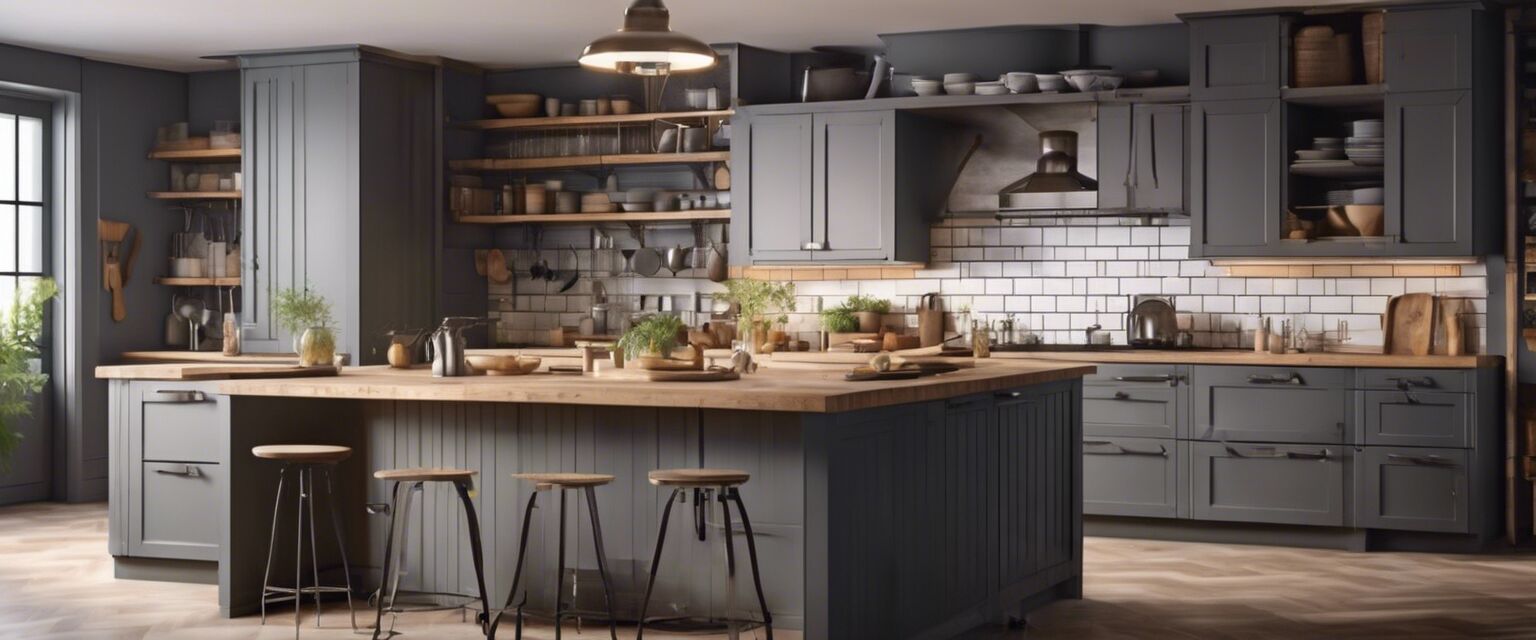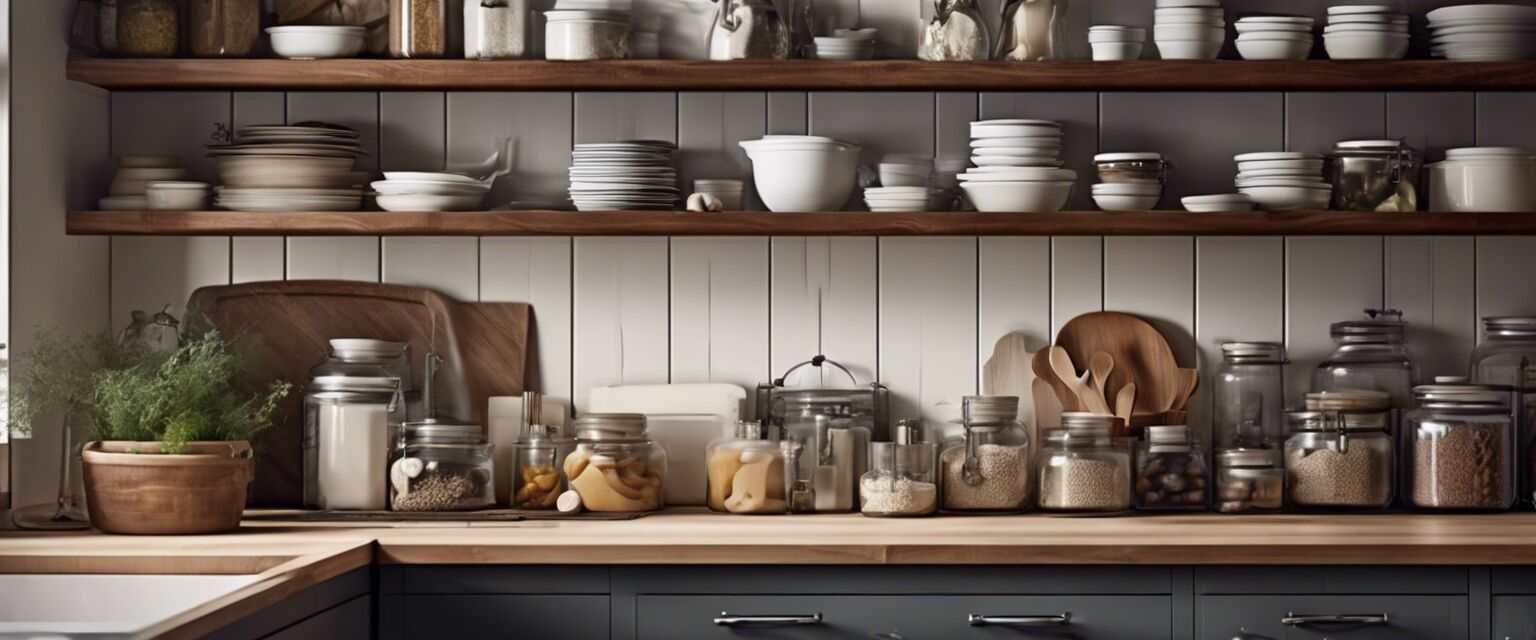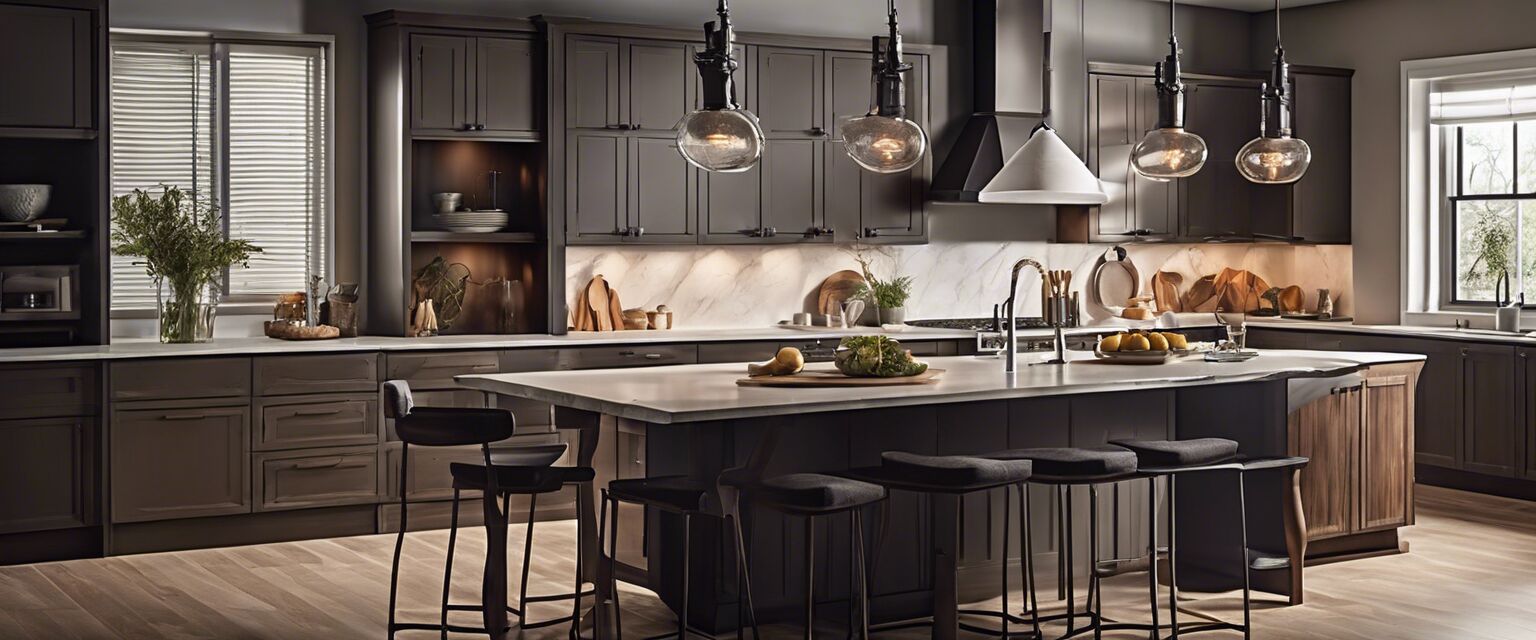
Kitchen Lighting
Key Takeaways
- Different lighting types can enhance the kitchen's functionality and aesthetics.
- Layering light is essential for creating the perfect ambiance.
- Consider energy-efficient options to save on electricity bills.
- Proper placement of lights can improve safety while cooking.
- Personal style should reflect in your kitchen lighting choices.
Lighting is a crucial aspect of any kitchen, affecting both functionality and style. The right kitchen lighting can transform your cooking space into a welcoming environment, making it easier to prepare meals and entertain guests. In this article, we will explore various lighting options available for a functional and stylish kitchen. From ambient lighting to task lighting, weâve got you covered.
Types of Kitchen Lighting
When considering kitchen lighting, itâs important to understand the different types available. Here are the main categories:
| Type | Description | Ideal Use |
|---|---|---|
| Ambient Lighting | Provides overall illumination for the kitchen. | General light source for everyday tasks. |
| Task Lighting | Focused lighting for specific tasks. | Areas like countertops and stovetops. |
| Accent Lighting | Highlights features or decor in the kitchen. | Showcasing artwork or architectural elements. |
| Decorative Lighting | Stylish fixtures that add character. | Enhancing the kitchen's aesthetic appeal. |
Layering Your Kitchen Lighting
Layering lighting involves combining different types of lighting to create a well-lit and inviting space. Hereâs how to effectively layer your kitchen lighting:
- Start with Ambient Lighting: This should be the foundation. Use ceiling-mounted fixtures or recessed lighting.
- Add Task Lighting: Install under-cabinet lights to illuminate countertops and work areas.
- Incorporate Accent Lighting: Use pendant lights or spotlights to draw attention to key features.
- Finish with Decorative Lighting: Choose fixtures that reflect your style, such as chandeliers or unique lamps.
Choosing the Right Fixtures
With so many options available, selecting the right lighting fixtures can be overwhelming. Consider the following factors:
- Style: Choose fixtures that match your kitchen decor.
- Functionality: Ensure the lights provide adequate illumination for tasks.
- Energy Efficiency: Opt for LED bulbs to save on energy costs.
- Size: Make sure the scale of the fixtures fits the space.
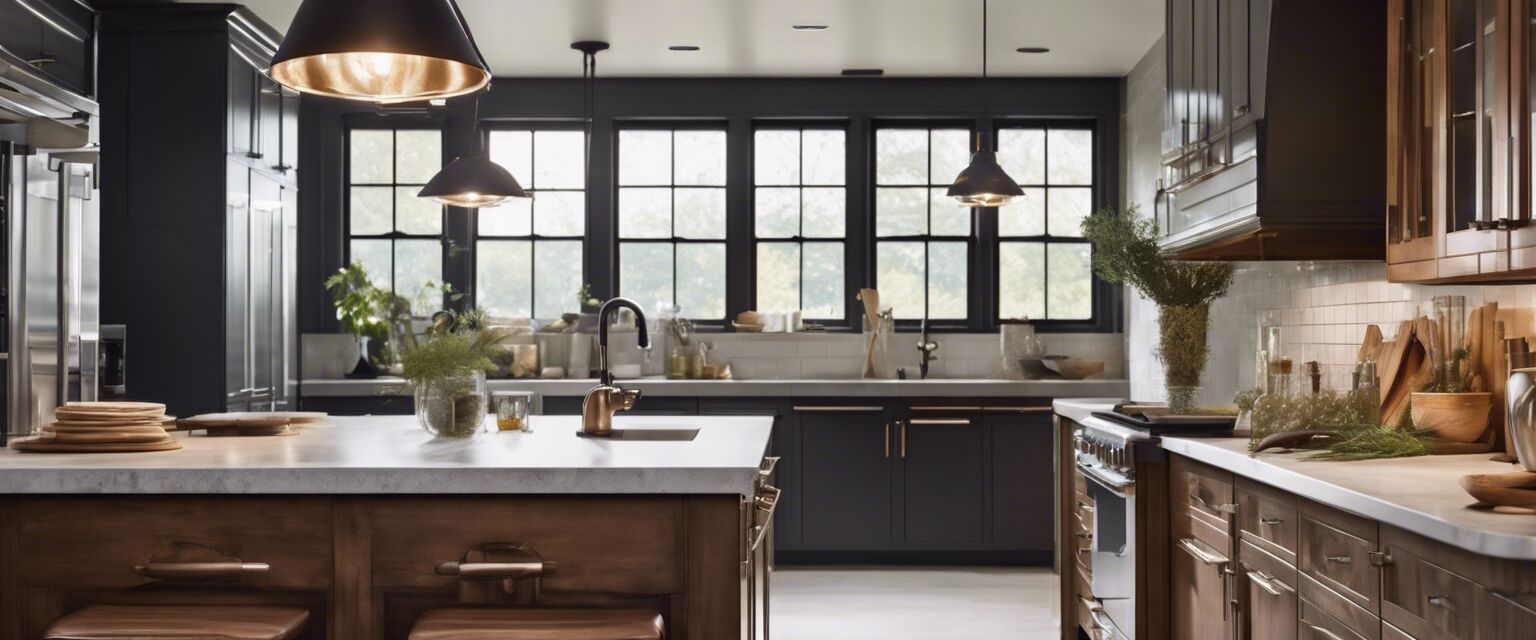
Popular Kitchen Lighting Options
Here are some popular kitchen lighting options to consider:
| Lighting Type | Pros | Cons |
|---|---|---|
| Pendant Lights | Stylish and versatile, great for islands. | Can require more maintenance and cleaning. |
| Recessed Lighting | Minimalist design, space-saving. | Installation can be complex and costly. |
| Under-Cabinet Lighting | Enhances workspace visibility. | May require additional electrical work. |
| Chandeliers | Adds elegance and character to the kitchen. | May not provide enough light for tasks. |
Energy Efficiency in Kitchen Lighting
Switching to energy-efficient lighting can significantly reduce your electricity bills. Here are some tips:
- Use LED bulbs for longer life and lower energy consumption.
- Consider smart lighting systems that allow you to control usage remotely.
- Utilize natural light by keeping windows unobstructed.
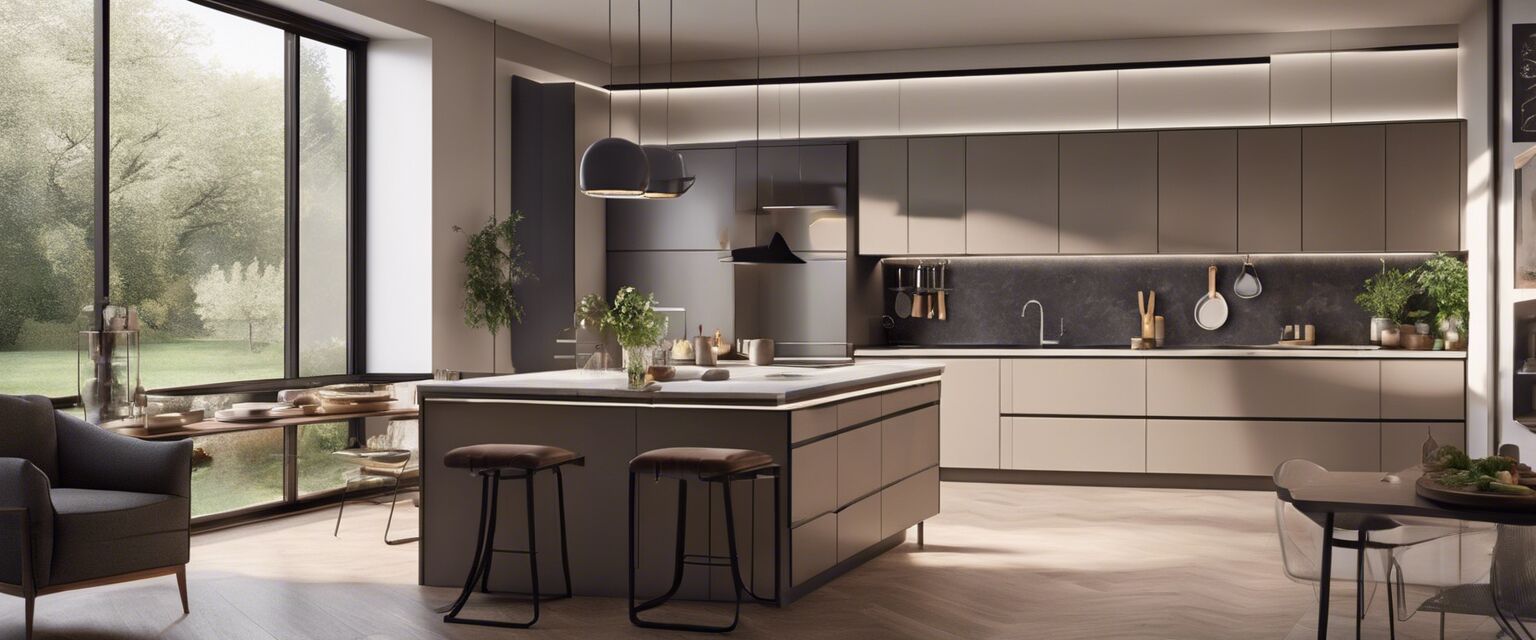
Safety Considerations
Safety is paramount in any kitchen. Here are some safety tips related to lighting:
- Ensure all fixtures are installed securely to avoid accidents.
- Use bright task lighting around cooking areas to prevent mishaps.
- Keep cords and wires tidy to minimize tripping hazards.
Conclusion
Kitchen lighting plays a vital role in both functionality and ambiance. By understanding the different types of lighting and how to layer them, you can create a well-lit and stylish kitchen. Consider your personal style, energy efficiency, and safety to make the best lighting choices for your space.
Tips for Beginners
- Start with basic ambient lighting before adding layers.
- Don't be afraid to mix styles for a unique look.
- Experiment with dimmers to adjust brightness according to your needs.
Pros
- Improves kitchen functionality and safety.
- Enhances the overall aesthetic of the kitchen.
- Variety of options to suit different styles and preferences.
- Can increase the value of your home.
Cons
- Can be expensive to install high-end fixtures.
- Requires careful planning to avoid poor lighting.
- Maintenance and cleaning may be necessary for certain fixtures.
For more information on kitchen organization, check out our Storage Solutions page. If you're interested in upgrading your kitchen appliances, visit our Small Appliances section. For cleaning tips and tools, don't miss our Cleaning Tools page.
